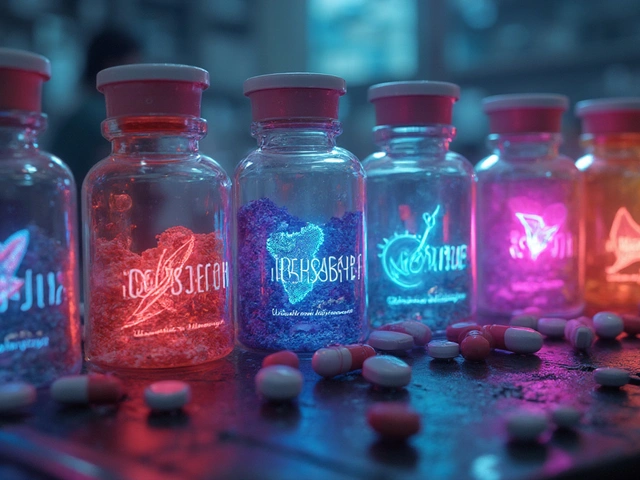Skin Care Guides: Tretinoin, Acne, and Anti‑Aging Basics
If you’ve ever stared at a bottle of tretinoin and wondered which percentage fits your skin, you’re not alone. Picking the right strength can feel like a gamble, but it’s really about matching the formula to your skin type, concerns, and tolerance.
How to Choose the Right Tretinoin Percentage
Start with your skin’s current condition. Light‑weight, oily skin that breaks out often tolerates lower percentages (0.025%–0.05%) best. If you’ve used retinoids before and your skin isn’t flaming, you can step up to 0.1% or even 0.15% for stronger anti‑aging effects. The key is to introduce the product slowly—apply every third night for two weeks, then increase to every other night as your skin adapts.
Don’t forget to pair tretinoin with a gentle cleanser and a moisturizer that seals in moisture. Sunscreen is non‑negotiable; retinoids make you more UV‑sensitive, so a broad‑spectrum SPF 30+ every morning protects against sun damage and keeps results visible.
Practical Acne and Anti‑Aging Tips
Acne isn’t just a teen problem. Adults get clogged pores, hormonal spikes, or stress‑related breakouts. Keep your routine simple: cleanse twice a day with a pH‑balanced wash, use a spot‑treatment with benzoyl peroxide or salicylic acid, and incorporate tretinoin at night for long‑term clearance.
For anti‑aging, tretinoin is a game‑changer because it speeds up cell turnover, boosts collagen, and fades dark spots. Combine it with vitamin C serum in the morning to protect against free radicals and brighten overall tone.
Remember to listen to your skin. If you notice excessive peeling, redness, or stinging, cut back to every third night and add a richer moisturizer. Most irritation eases within a week as your skin builds tolerance.Beyond tretinoin, staying hydrated, eating a balanced diet rich in antioxidants, and getting enough sleep all play a part in skin health. Little changes—like swapping sugary drinks for water or adding a handful of berries—can amplify the benefits of your topical routine.
In short, the right tretinoin strength paired with consistent sun protection and a simple, soothing routine can keep breakouts at bay and smooth fine lines. Ready to test a new percentage? Start low, stay patient, and watch your skin transform.
In 2024, treating acne without relying solely on Isotroin has become more accessible with a range of alternatives offering various benefits. This article explores eight effective options including topical treatments, hormonal adjustments, and advanced light therapies. Each alternative is examined for its pros and cons, providing insights into suitability for different skin types and acne severities. From Retinols to the latest laser treatments, discover options that align with personal health needs and preferences. It's now easier to find the right solution tailored to individual conditions and lifestyle.



 Medications
Medications




